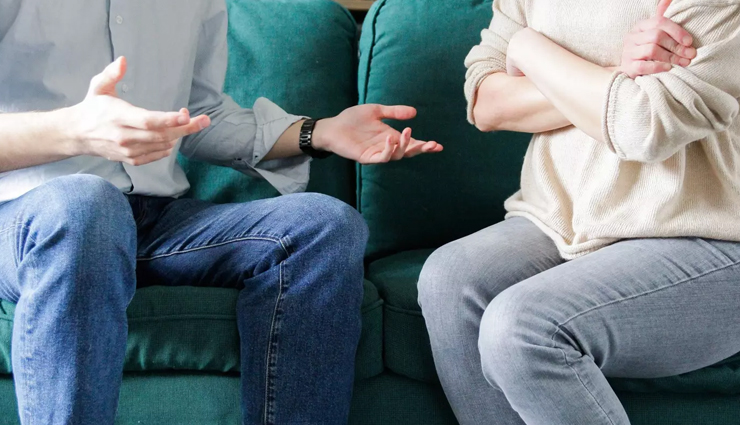9 Signs and Reasons for Cushioning in Relationship

Similar to how a cushion provides a soft landing, cushioning in relationships involves keeping potential romantic interests in the background as a backup if the primary relationship fails. It acts as a safety net in the dating world, ensuring one isn’t left alone if things go wrong.
While it may seem harmless, this practice raises ethical concerns and can indicate deeper relationship issues. Why do people engage in cushioning? Is it rooted in insecurity, a lack of commitment, or simply a strategic approach to modern dating?
Cushioning refers to maintaining flirtatious connections with others while in a committed relationship, essentially keeping backup options available. The concept reflects a fear of loneliness, insecurity, or a way of protecting oneself from potential heartbreak.

What it looks like: If your partner frequently hides their phone, avoids discussing recent conversations, or seems reluctant to share details about certain people or events, they might be engaging in cushioning. This isn’t just about concealing messages but also about evading discussions that could reveal their actions.
Why it happens: The secrecy stems from a fear of being caught. Since cushioning involves maintaining covert connections, this behavior serves as a way to keep their interactions hidden.
# Constantly Talking About Others
What it looks like: If your partner frequently mentions specific friends without clear context or spends an unusual amount of time discussing or texting them, it might be a red flag. Casual talk about friends is normal, but excessive mentions of certain individuals could indicate something more.
Why it happens: By consistently bringing up these individuals, they may be attempting to normalize their presence in their life, making it seem less suspicious. Alternatively, it could be a subconscious reflection of their growing emotional connection.
# Emotional Distance
What it looks like: Even when physically present, your partner might seem disengaged, lost in thought, or uninterested in shared activities. Emotional distance can be just as painful as physical absence.
Why it happens: This detachment could stem from guilt, emotional confusion, or a shift in their feelings toward other prospects. Their attention and energy may be divided.
What it looks like: If your partner suddenly changes their passwords, becomes anxious when you’re near their phone, or avoids leaving their devices unattended, it could be a sign of hidden interactions.
Why it happens: In the digital age, cushioning often involves messaging, calls, or social media interactions. Protecting their devices helps them prevent any unwanted discoveries.
# Vague About Their Whereabouts
What it looks like: If your partner starts giving unclear or inconsistent explanations about how they spend their time, or they dodge questions about their whereabouts, it might be a cause for concern.
Why it happens: They may be meeting or communicating with their cushions and fear that honesty could lead to suspicion or conflict.
# Decreased Intimacy
What it looks like: A noticeable decline in emotional or physical intimacy, as well as a sense of growing apart, can be warning signs.
Why it happens: With their emotional energy focused elsewhere, they might unintentionally withdraw from the primary relationship, leading to a lack of closeness.
What it looks like: If your partner becomes defensive over simple questions about their day or new people in their life, it could be a red flag.
Why it happens: Guilt or fear of being exposed may cause them to overreact, using defensiveness as a shield.
# Shift in Communication Patterns
What it looks like: Conversations that were once frequent, warm, and engaging may become infrequent, distant, or impersonal.
Why it happens: As they divert their emotional energy elsewhere, communication in the primary relationship may naturally dwindle.
# Flirtatious Behavior
What it looks like: If they exhibit noticeable flirtation with others, especially through social media or messaging apps, it could indicate cushioning.
Why it happens: Since cushioning revolves around keeping romantic prospects interested, flirtation helps maintain these connections.